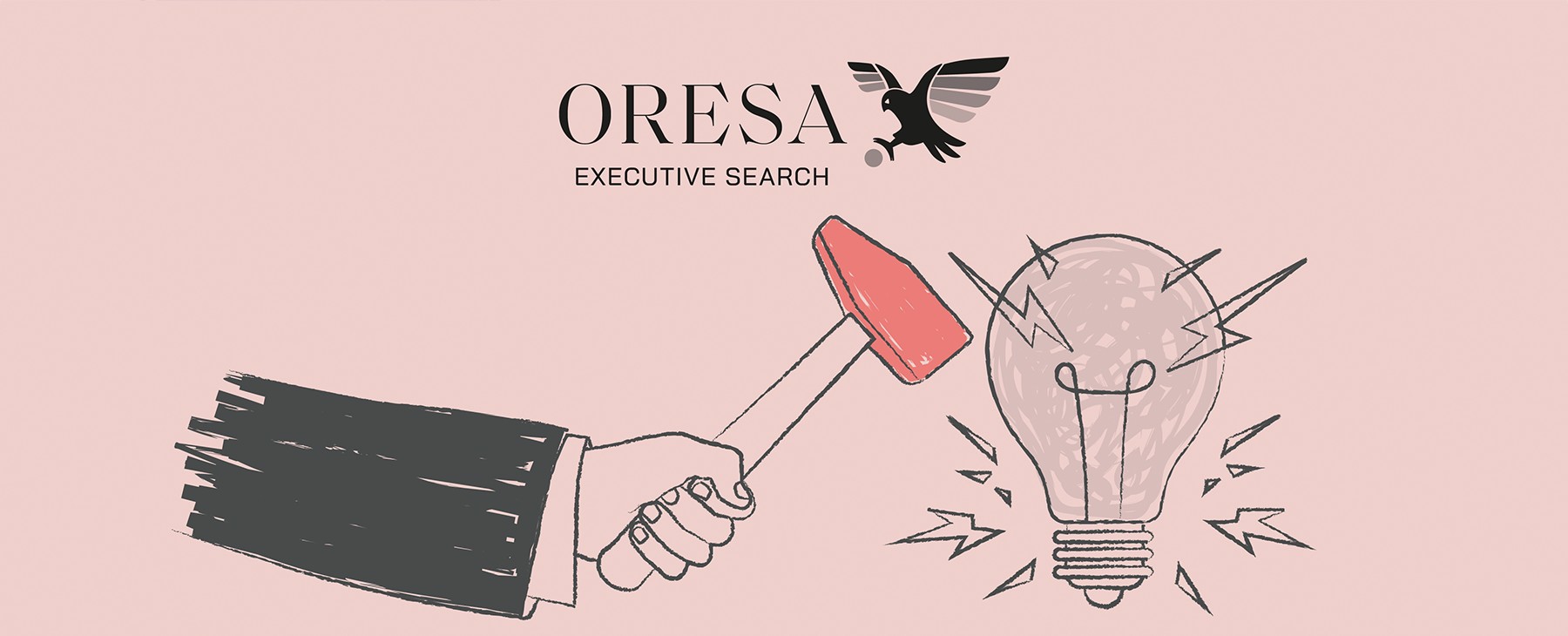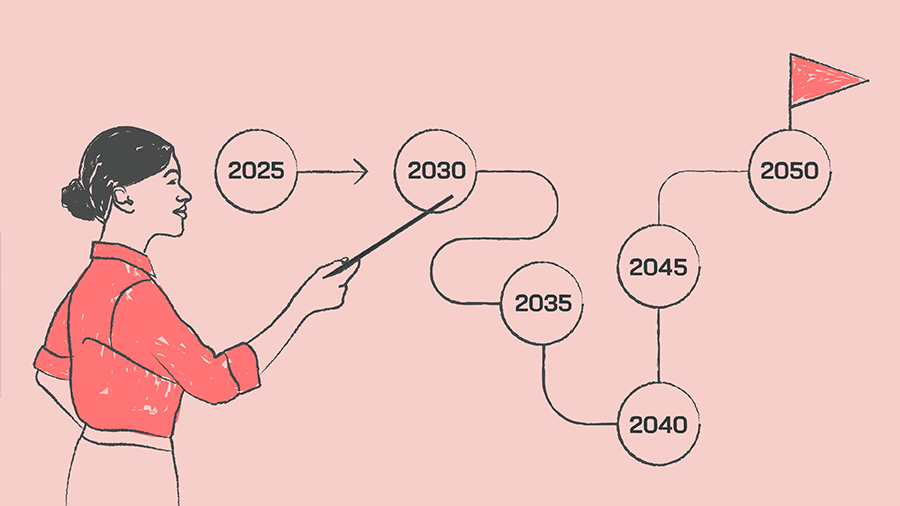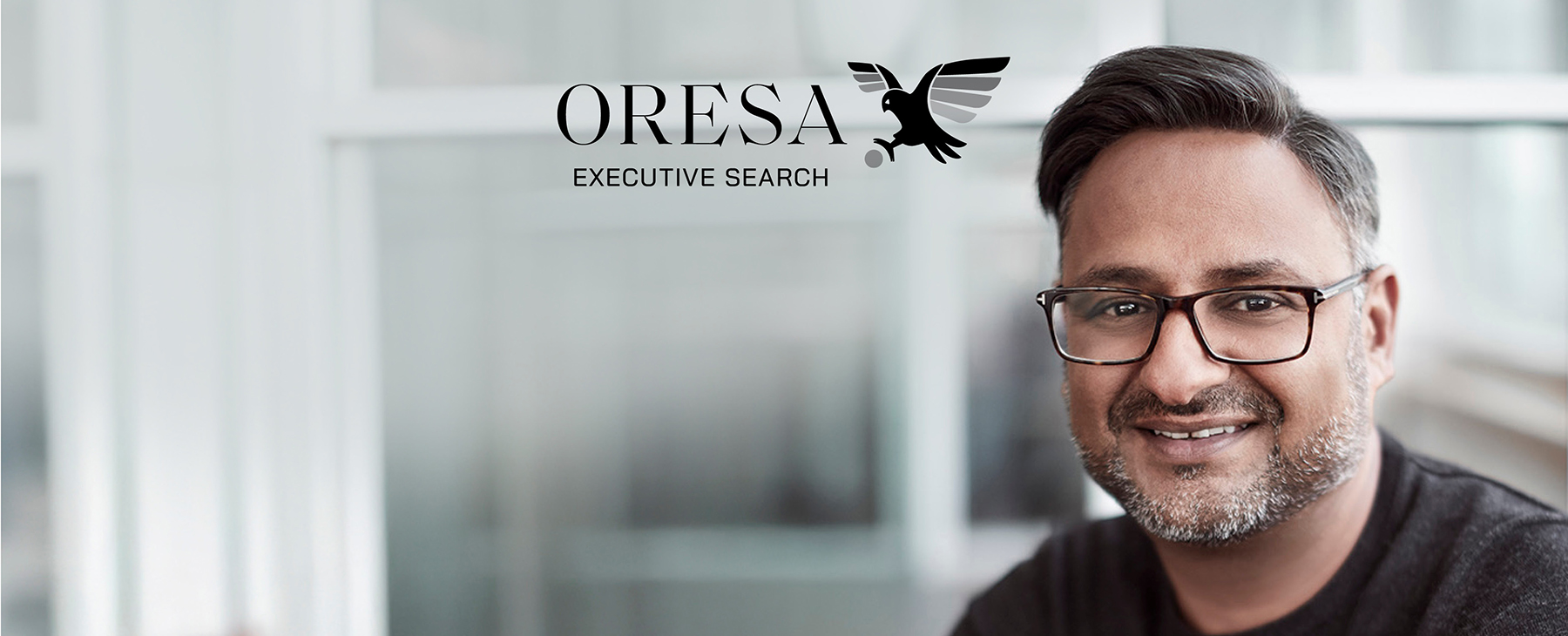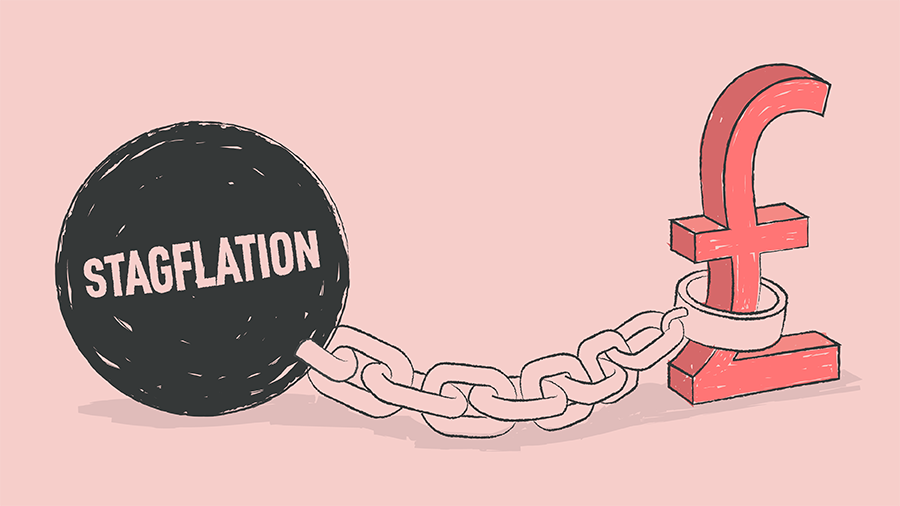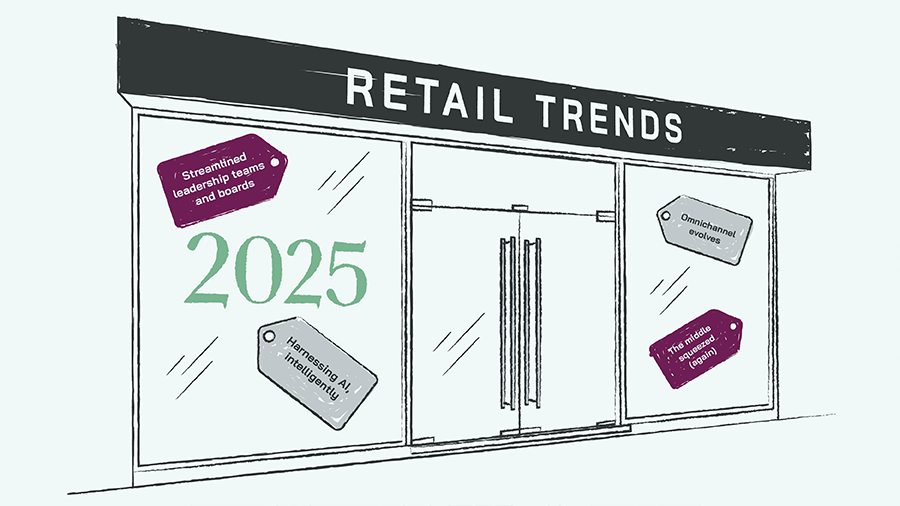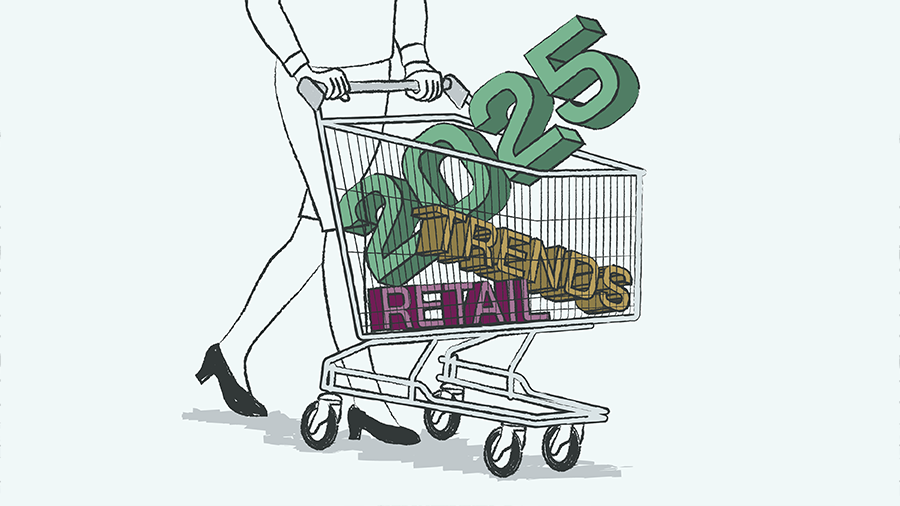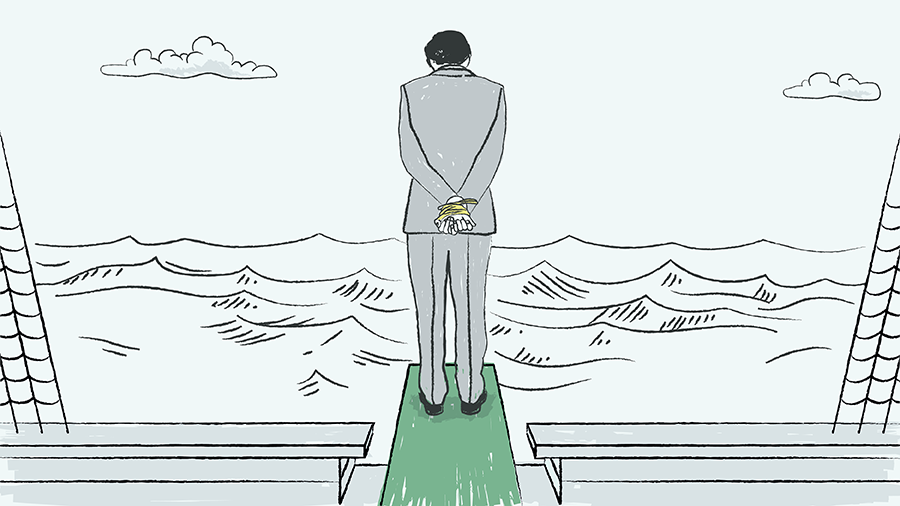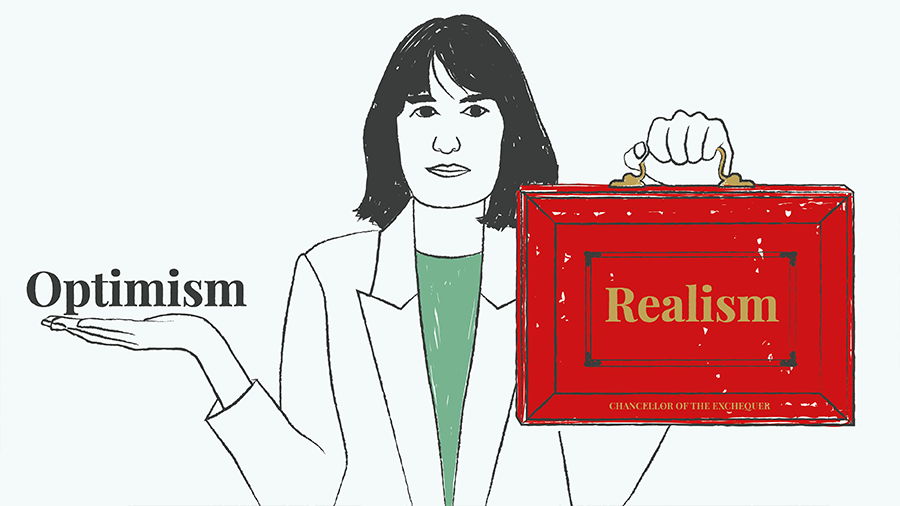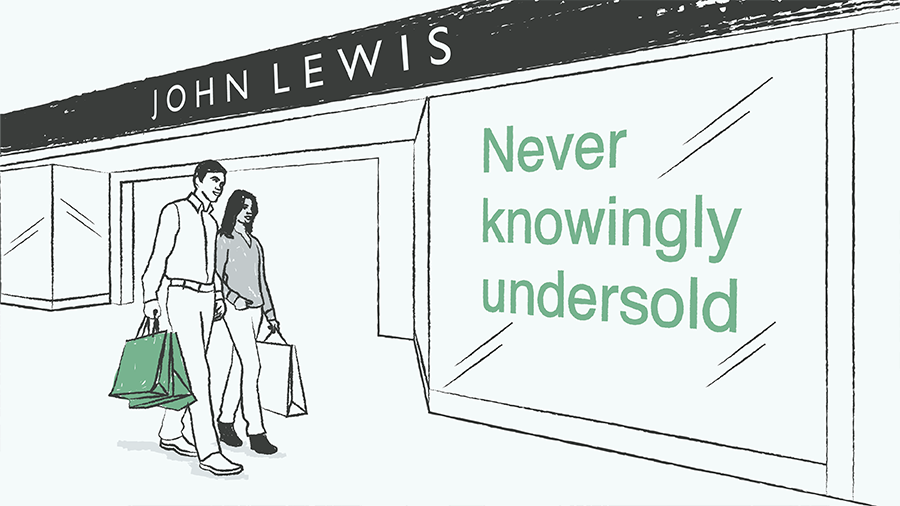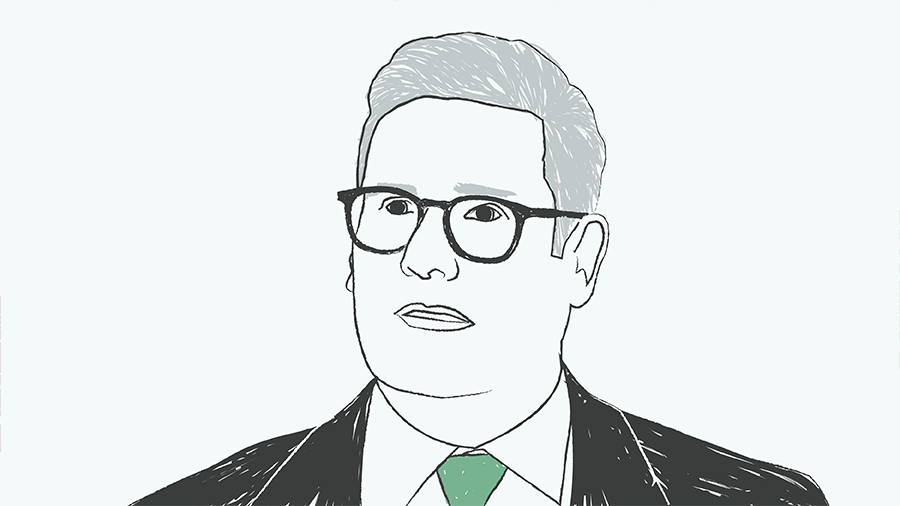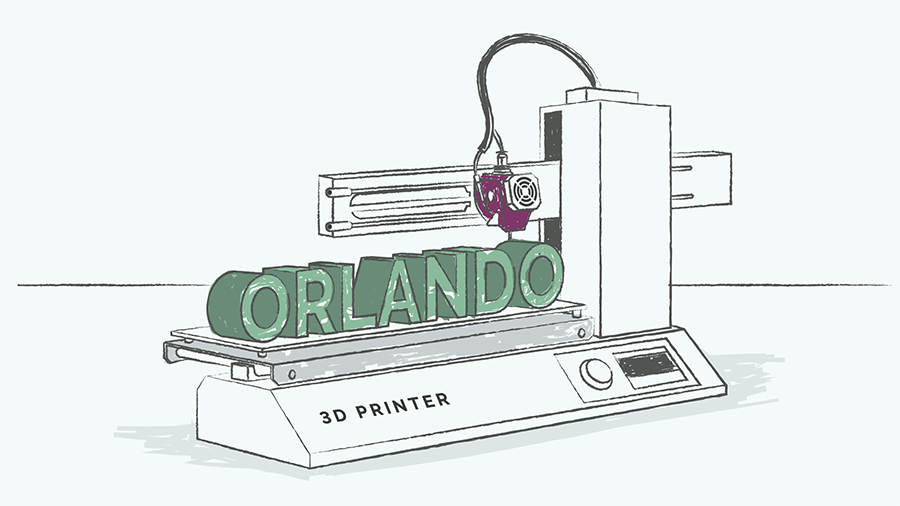 In this article, we explore the different ways businesses are innovating to meet this demand in retail, hospitality and other consumer sectors, and examine what it takes to do personalisation well.
In this article, we explore the different ways businesses are innovating to meet this demand in retail, hospitality and other consumer sectors, and examine what it takes to do personalisation well.
In the history of taste, mass production is an aberration. All other things being equal, consumers have always wanted bespoke products and services that meet their individual needs, rather than something off the rack. Indeed, there’s a reason billionaires generally wear couture dresses and tailored suits, and prefer the private jet to the commercial airliner.
All other things aren’t equal, of course. Personalised products are generally far more expensive and making them to order takes time, which hardly sits well with people increasingly used to one-click instant gratification.
There’s been talk of a coming era of mass personalisation for much of the last decade, where this paradigm changes. In the second in our series on consumer behaviour trends for 2022 and beyond we ask, is it finally here?
Cookies > 3D printers
The era of mass personalisation is well underway – online at least. For years now, data-savvy firms have been showing targeted ads, using cookies to differentiate messaging to new or returning customers, and adapting product recommendations based on earlier purchases or collaborative filtering (an AI technique that, in its simplest form, gives you ‘other people who bought x also looked at y’).
Companies like Metail and Wal-mart-owned Zeekit (not to mention Amazon, which has made noises in this space) have meanwhile taken digital personalisation to a more sophisticated level in online retail by allowing customers to ‘try on’ clothes virtually.
Capabilities vary widely however, says Anusha Couttigane, head of advisory at Vogue Business. “Most brands don’t focus on it enough unless they are major players that have the data, for example through big loyalty programmes. Sometimes it can be difficult and expensive to do, but personalised offers that meet people’s real life needs can be very powerful.”
When it comes to the mass personalisation of physical products, the elephant in the room is 3D printing, the wonder technology that we’ve repeatedly been told will fundamentally transform manufacturing. Statista suggested recently that the global 3D printing market will grow from $13bn in 2020 to $40bn by 2024, but most of that is in industrial processes involving metal and plastic parts; there’s scant evidence of any meaningful transformation of consumer manufacturing yet.
Some have dabbled – Argos ran a short-lived, customisable, print-in-store jewellery pilot in 2015 for example – but so far the technology remains at best a fringe phenomenon, at worst a marketing gimmick. This could change – there are exciting developments in the 3D-printing of space rockets, for example, that could advance the technology across the board, but for now it remains a watching brief.
Mass customisation
Even so, there are strong reasons to think product personalisation will be a growing force in the coming years, if for no other reason that the economic logic for businesses is so strong.
According to Deloitte, one in five consumers who are interested in personalisation will pay a 20% premium for it, while 48% are willing to wait longer to receive their goods. This is particularly the case in some sectors, such as luxury fashion, where there is a trend towards ‘slow fashion’, with unboxing videos showing the fruits of delayed gratification.
For businesses that can make it work, the numbers can really start to stack up. “Personalisation is zero inventory, zero risk and premium price, paid in advance,” says John Thorbeck, chair of Chainge Capital. This creates a huge incentive for consumer businesses to develop and scale their capabilities.
Gucci DIY, for example, is a personalised service built by Portuguese firm PlatformE, that allows Gucci customers to customise their goods. Thorbeck says that while it still represents a small percentage of revenues, it is a “sign of the future” that he thinks could expand to 10-20% of the fashion giant’s business.
Made-to-order personalisation has enabled new business models in other sectors too. Moonpig allows people to customise cards and gifts from a range of templates. Online wedding dress business Anomalie presents brides-to-be with templates too, albeit for a much bigger purchase, bringing in stylists to give it a human touch.
Degrees of customisation
It’s important to remember that product personalisation doesn’t have to mean bespoke, made-to-order production. Customisation of existing products is well-established in many industries. Car companies let you choose from a wide range of extras and colours, which can make your car feel unique(ish), even if they don’t let you design your own palette.
In beauty, brands led by Fenty have done something similar by expanding the number of foundation shades it offers – among other things – to be able to serve marginalised customers whose needs weren’t met before. This is giving people customisation effectively by giving them more options, which can be achieved by adding flexibility to mass production, rather than ditching mass production altogether.
In other sectors, personalisation is more a question of adjusting the experience around the product, rather than the product itself. Hotels increasingly offer personal touches like pillow and scent menus on booking, though they won’t knock down a partition wall for you.
Marriott is a good example of a firm trying to build tailored in-person experiences, even going the point of monitoring guest social media accounts to find ways of surprising and delighting them. One team learned from an Instagram post that a couple had just got engaged in their hotel; they sent a bottle of champagne to their room with the associated Instagram message with a ring emoji and the word ‘enjoy’.
How to do personalisation well
The number one requirement for personalisation – like anything else in consumer businesses – is understanding your customer. Often this is a function of the quality of your data gathering and analysis operation. The good news there is that people are more willing to give their data in exchange for personalisation, if you can make that benefit clear to them.
Other times it’s got more to do with good old fashioned marketing nous – knowing what your customers really want, what matters to them, what they need, even if they haven’t told you.
Couttigane points to the way some sports nutrition companies have started offering a range of protein powders and supplements that are tailored to a customer’s workout goals, age, gender and weight, often via a simple quiz. “They’re doing this really well because they’ve identified the lifestyle needs of the consumer, not just the product needs,” she says.
If you have that understanding of consumers – qualitative and quantitative – then personalisation can be a powerful tool, improving customer relationships and opening up the possibility of new business models, as the digital, logistics and manufacturing technologies improve.
In this sense, while personalisation may not be a revolution caused by one single technological breakthrough, it’s likely to be an important evolution over the coming years as businesses invest in their capabilities.
